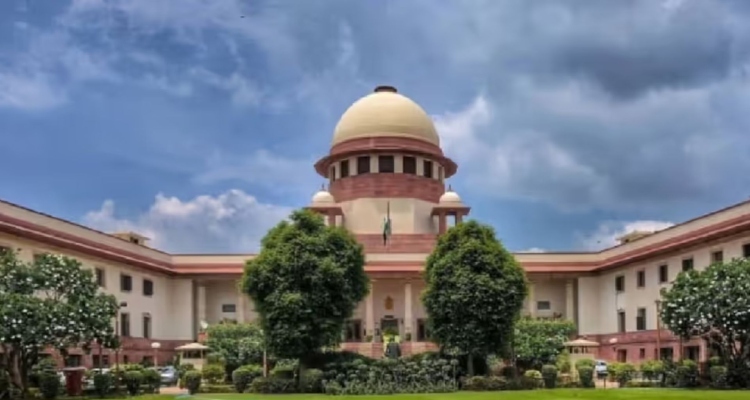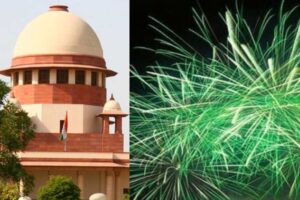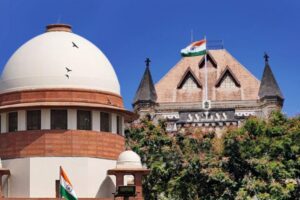
The Supreme Court has dismissed petitions seeking a review of its landmark 9-judge bench judgment, which affirmed that states possess the authority to levy taxes on mineral-bearing lands and clarified that royalties on extracted minerals do not constitute a tax.
The bench, led by Chief Justice DY Chandrachud and including Justices Hrishikesh Roy, Abhay S Oka, BV Nagarathna, JB Pardiwala, Manoj Misra, Ujjal Bhuyan, Satish Chandra Sharma, and Augustine George Masih, rejected the review petitions.
Notably, Justice Nagarathna dissented from the majority decision and argued that a case for review was warranted, echoing her previous dissent in the original ruling. She highlighted that upon reviewing the petitions, the majority found no apparent errors in the judgment, stating, “No case for review under Order XLVII Rule 1 of the Supreme Court Rules 2013 has been established.”
The Central government had approached the Court in September, citing several alleged “errors apparent” in the judgment. On July 25, the 9-judge bench reached a decisive 8:1 ruling, declaring that the legislative authority to tax mineral rights resides with the states, not Parliament.
In a subsequent order on August 14, the Court clarified that the ruling would not have a prospective effect, allowing states to collect past dues on royalties and taxes dating back to April 1, 2005.
The Court stated that these dues would be paid in a staggered manner over 12 years, beginning April 1, 2026, and emphasized that no interest or penalties would apply for demands made prior to July 25, 2024.
The July 25 judgment stated, “Royalty is not a tax. Royalty is a contractual consideration paid by the mining lessee to the lessor for enjoyment of mineral rights.”
It further asserted that the obligation to pay royalties arises from the contractual conditions of the mining lease, and payments to the government cannot be classified as a tax simply because they are recoverable as arrears.
The Court also noted that the power to tax mineral rights falls under Entry 50 of List 2 of the Constitution, meaning that Parliament lacks the authority to tax mineral rights under Entry 54 of List 1, which is a general entry.
Justice Nagarathna, in her dissent, contended that royalty should be considered a tax and argued that provisions within the Mines and Minerals (Development and Regulation) Act, 1957 (MMDR Act) effectively strip states of their power to levy taxes on minerals. She warned that allowing states to impose taxes on minerals could lead to inconsistency in the management of a national resource, fostering unhealthy competition and potentially destabilizing the federal system.
This case fundamentally addresses the balance of powers between state and central authorities concerning the regulation and taxation of mining activities, highlighting the complexities inherent in resource management within India’s federal framework.




